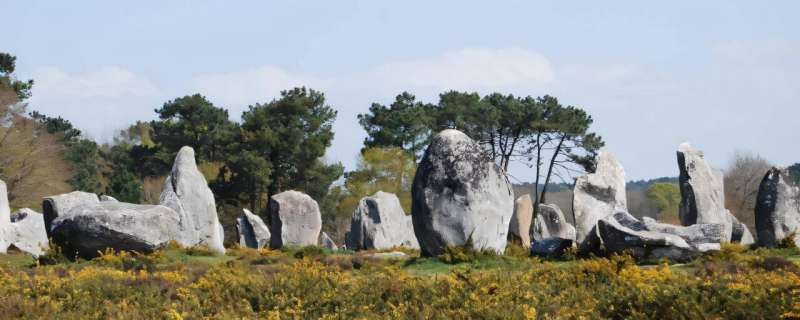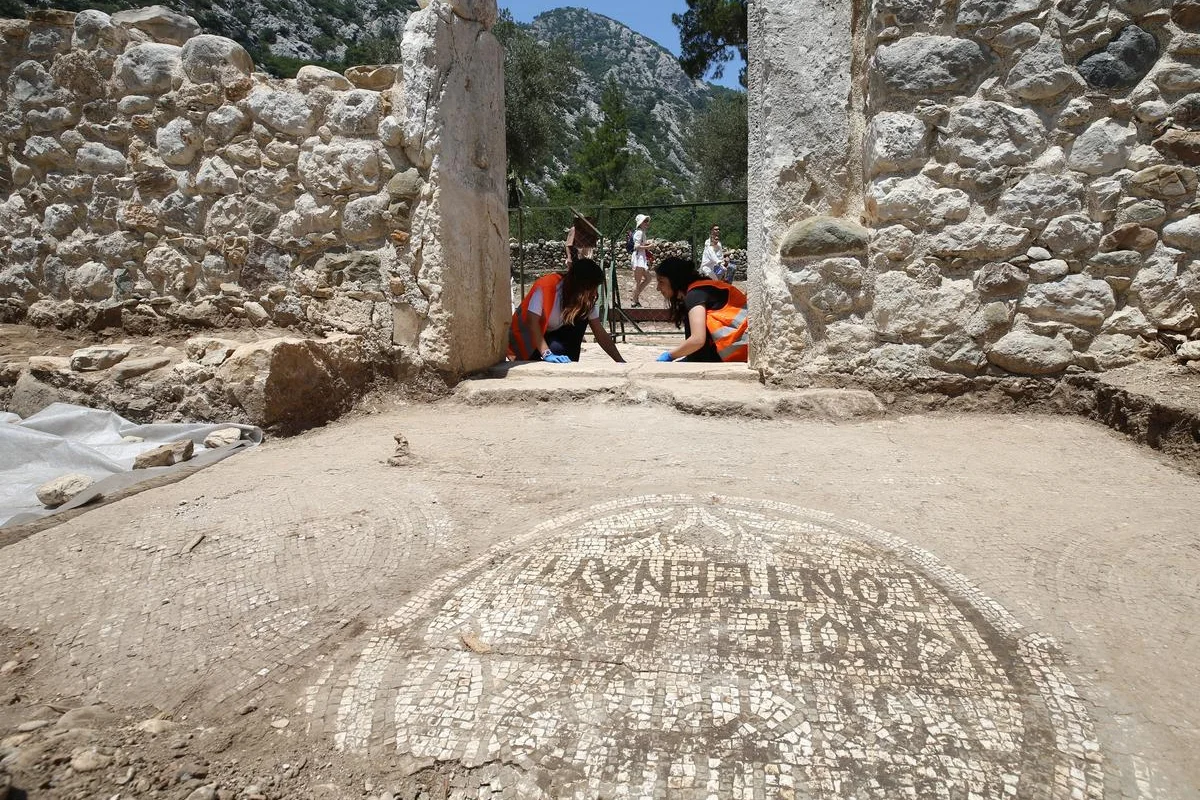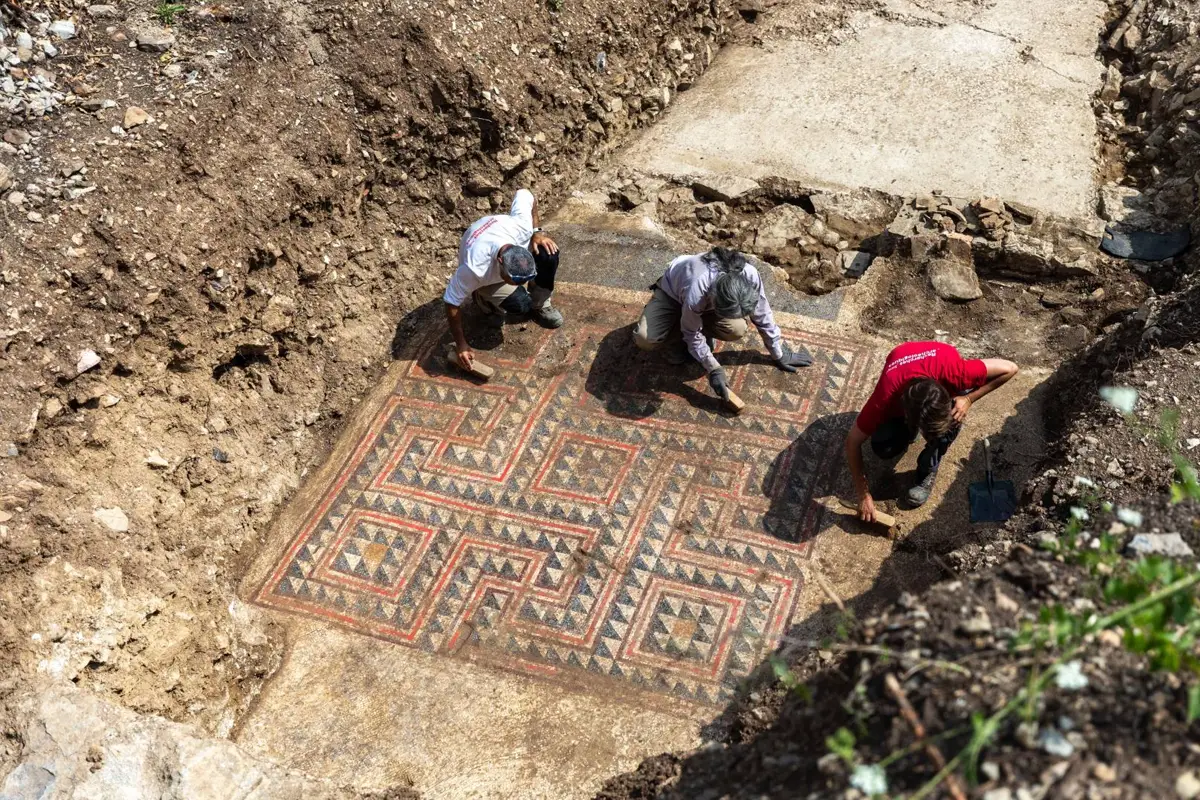Göbekli Tepe, located in modern-day Turkey, is an archaeological site of significant importance due to its immense age and sophisticated structure. It dates back to the 10th millennium BC, making it one of the oldest known megalithic structures in the world. The site consists of a series of circular and oval-shaped structures set atop a hill, with large T-shaped stone pillars that are decorated with intricate carvings of animals and abstract symbols.
The question of whether Göbekli Tepe is the "first temple" on Earth depends on the definition of what constitutes a temple. If a temple is defined as a structure dedicated to religious or ritual activities, then Göbekli Tepe could indeed be considered one of the earliest, if not the earliest, known examples of such a site. The complex nature of the site, with its apparent lack of domestic use, suggests that it was used for ceremonial or religious purposes rather than as a dwelling or a defensive structure.
The discovery of Göbekli Tepe has challenged traditional ideas about the development of complex societies. Prior to its discovery, it was widely assumed that the construction of monumental religious buildings began after the advent of agriculture and settled life. However, Göbekli Tepe predates the known development of agriculture, which suggests that religious belief systems and ritualistic practices could have been a driving force in the organization of communal efforts and social stratification, possibly even contributing to the later development of settled agricultural societies.
It is important to note that Göbekli Tepe is just one of many significant archaeological sites around the world, and new discoveries could potentially alter our understanding of the history of religious structures. Nonetheless, with current knowledge, Göbekli Tepe stands out as a site of remarkable antiquity, providing valuable insights into the spiritual lives of the early hunter-gatherer societies at the end of the last Ice Age. Its unique features and early date certainly make it a prime candidate for being one of the first temple-like structures known to us, marking an important phase in the development of human societies.






